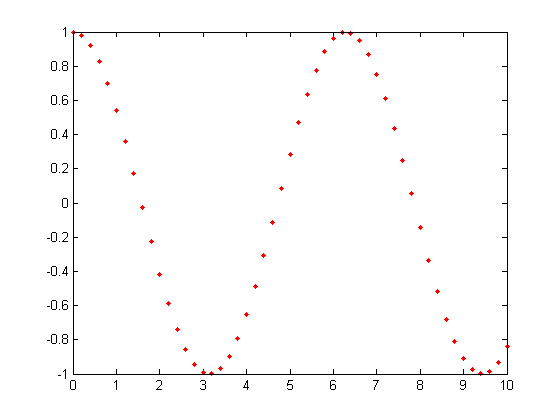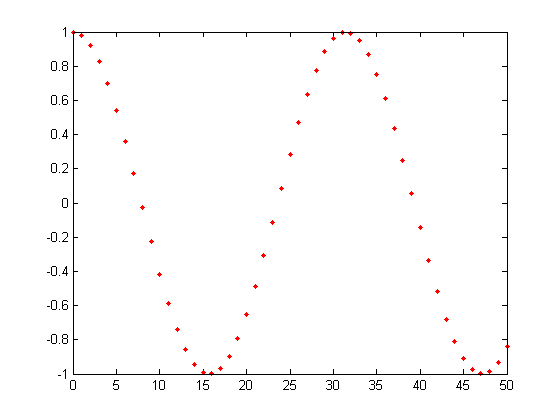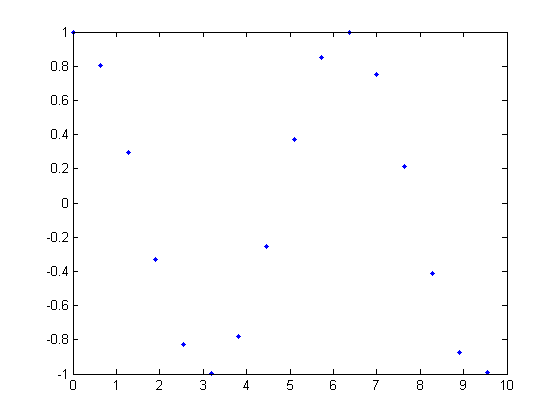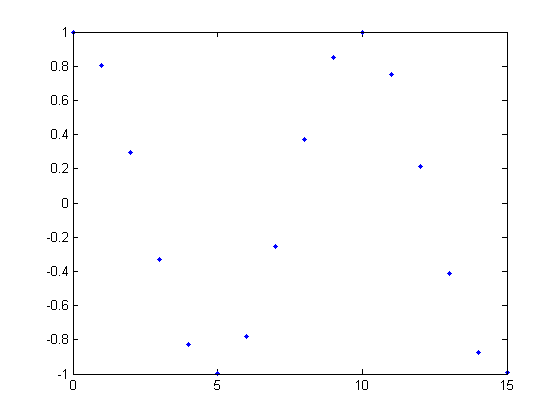(New page: The function I chose (at random) from homework1 can be found here. The function x(t) = cos(t) is periodic in CT, as its pe...) |
|||
| Line 4: | Line 4: | ||
Here is the function sampled at a frequency of 5 samples/unit: | Here is the function sampled at a frequency of 5 samples/unit: | ||
| − | [[Image:hw2_1_A1_ECE301Fall2008mboutin.png|frame|left|...caption1...]][[Image:hw2_1_A2_ECE301Fall2008mboutin.png|frame|right|...caption2...]] | + | |
| + | |||
| + | [[Image:hw2_1_A1_ECE301Fall2008mboutin.png|frame|left|100px|...caption1...]][[Image:hw2_1_A2_ECE301Fall2008mboutin.png|frame|right|100px|...caption2...]] | ||
| + | |||
Here is the function sampled at <math>{\pi \over 2}</math> (as closely as MATLAB is able to approximate pi) | Here is the function sampled at <math>{\pi \over 2}</math> (as closely as MATLAB is able to approximate pi) | ||
| − | [[Image:hw2_1_A3_ECE301Fall2008mboutin.png|frame|left|...caption3...]][[Image:hw2_1_A4_ECE301Fall2008mboutin.png|frame|right|...caption4...]] | + | |
| + | |||
| + | [[Image:hw2_1_A3_ECE301Fall2008mboutin.png|frame|left|100px|...caption3...]][[Image:hw2_1_A4_ECE301Fall2008mboutin.png|frame|right|100px|...caption4...]] | ||
Revision as of 09:45, 9 September 2008
The function I chose (at random) from homework1 can be found here.
The function x(t) = cos(t) is periodic in CT, as its period is 2$ \pi $. However, it is not periodic in DT.
Here is the function sampled at a frequency of 5 samples/unit:
Here is the function sampled at $ {\pi \over 2} $ (as closely as MATLAB is able to approximate pi)





